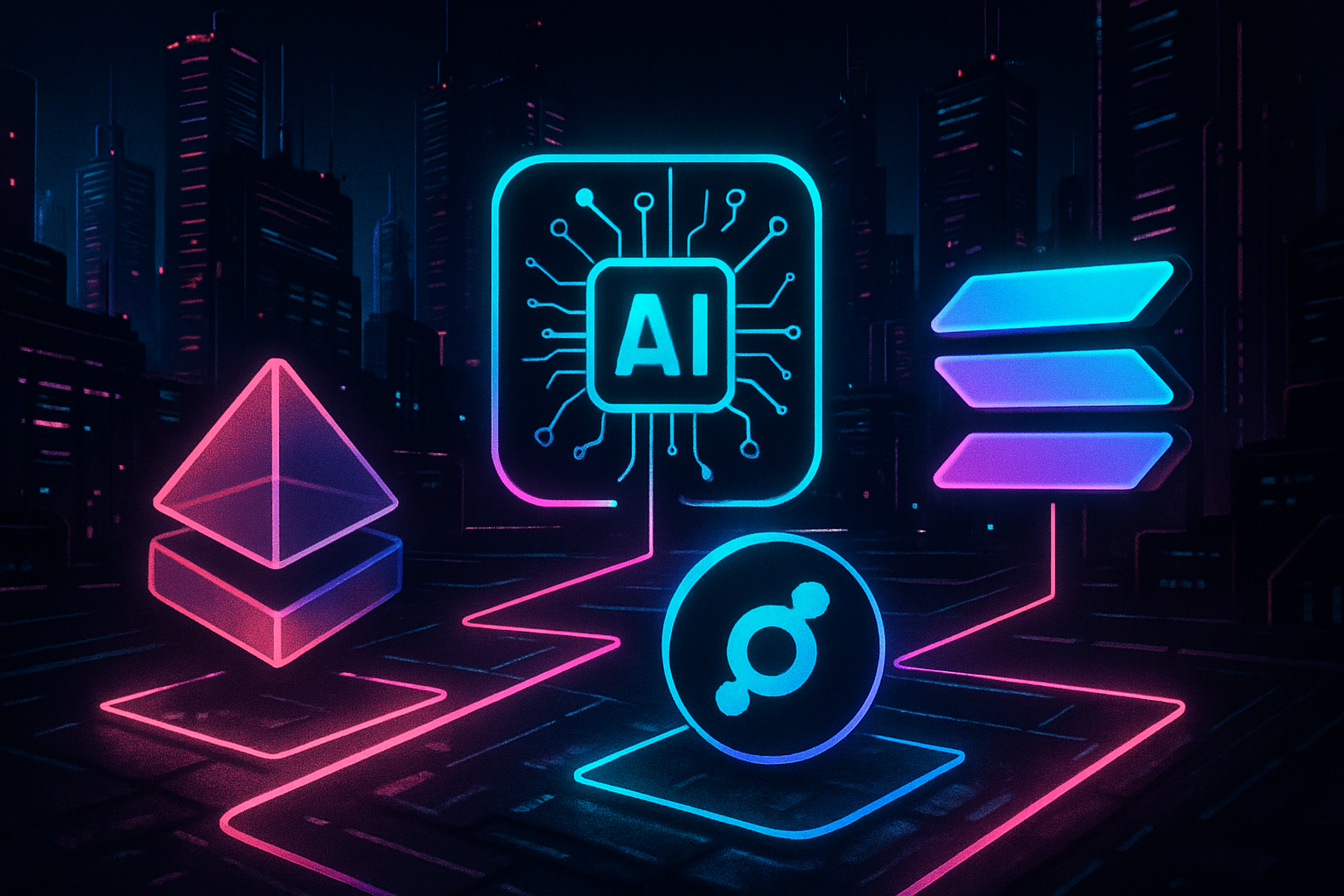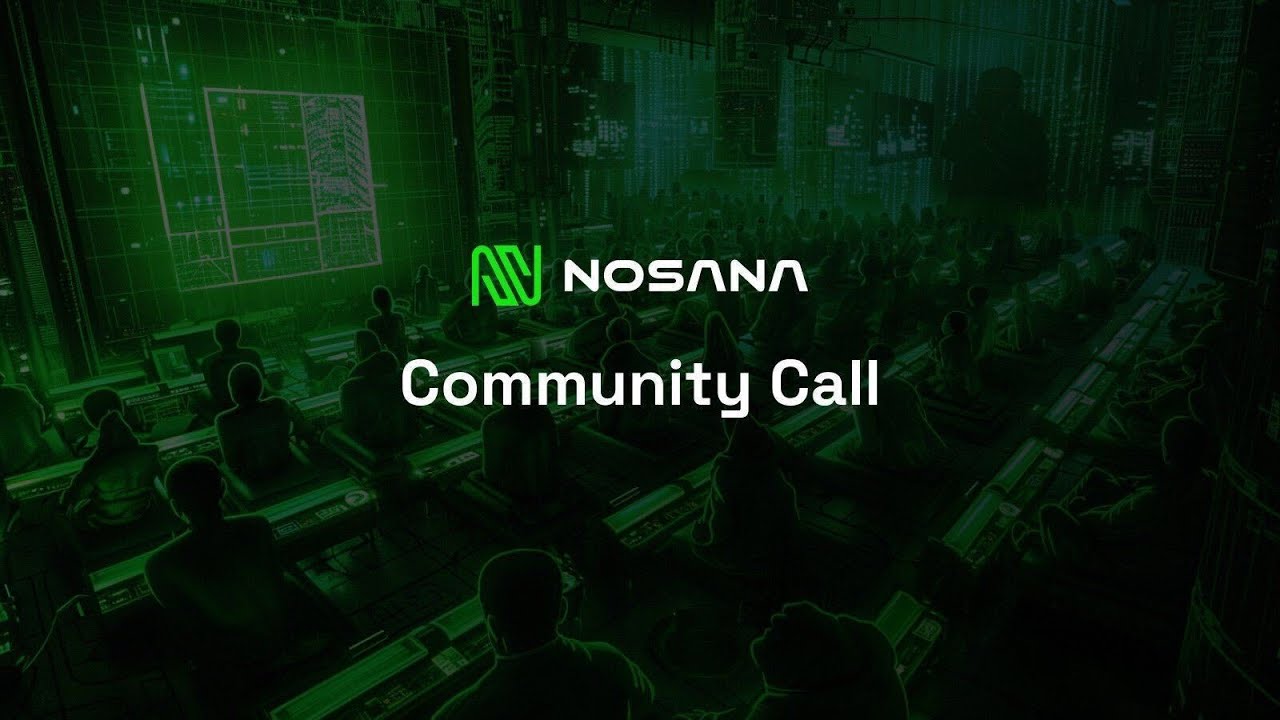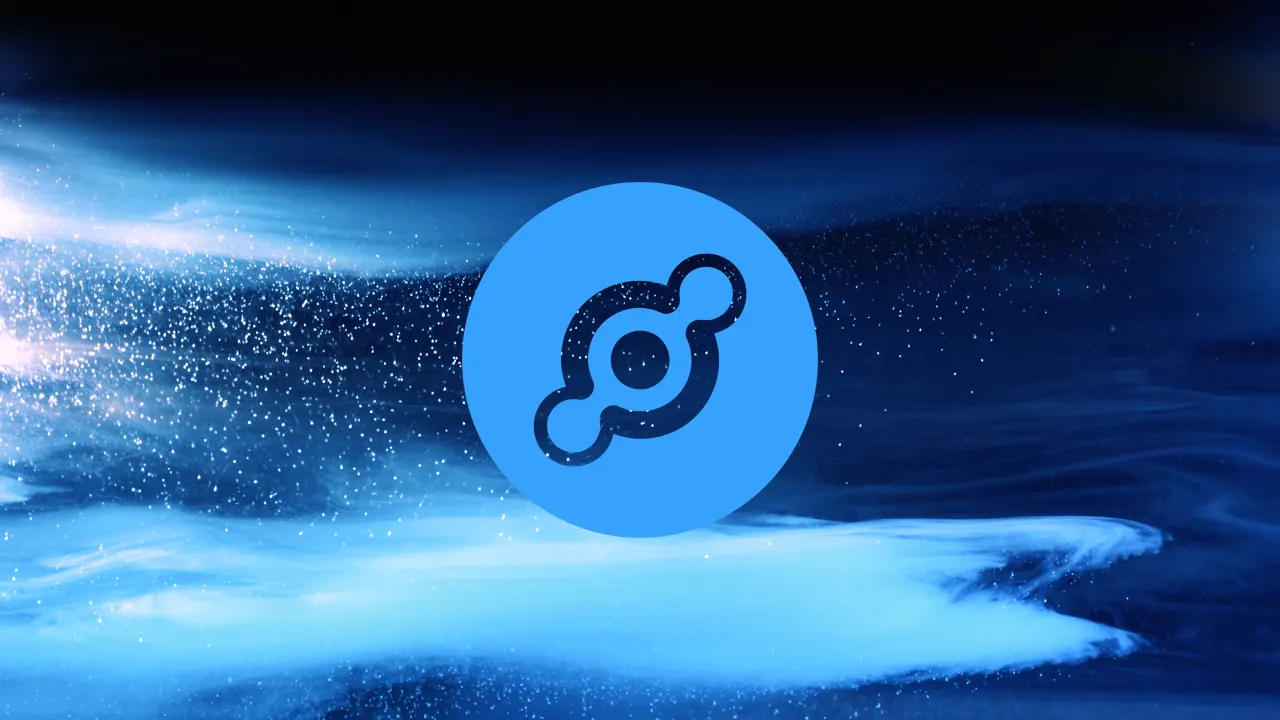
Solana’s Decentralized Physical Infrastructure Networks (DePIN) are rapidly transforming the landscape of AI infrastructure by providing a foundation that is scalable, cost-effective, and community-driven. With Solana’s high throughput, sub-second finality, and ultra-low transaction fees, decentralized AI on Solana is not just a vision, it is an emerging reality. As of today, with Binance-Peg SOL (SOL) trading at $230.83, the platform continues to attract leading DePIN projects that are fundamentally changing how AI compute and connectivity are provisioned.

Why Solana Is Becoming the Home for DePIN-Powered AI
The migration of major DePIN projects to Solana is no coincidence. The blockchain’s technical advantages, such as parallel transaction processing and composable smart contracts, enable resource-intensive workloads like distributed GPU compute and wireless networking to flourish without bottlenecks or prohibitive costs. This unique environment has fostered three standout projects that are now central to powering decentralized AI infrastructure: Render Network, Nosana, and Helium Network.
Key Features of Top Solana DePIN Projects for AI
-

Render Network: A decentralized GPU rendering platform that leverages idle GPU power worldwide to deliver scalable, cost-effective compute for AI and graphics applications. By distributing rendering tasks across a global network of contributors, Render Network enables AI developers to access high-performance GPU resources without the need for massive hardware investments. This supports advanced AI workloads and accelerates innovation in decentralized infrastructure.
-

Nosana: A decentralized computing network on Solana designed for AI inference and workload orchestration. Nosana allows users to register idle GPUs as nodes, earning tokens for completing AI tasks securely and efficiently. Its censorship-resistant architecture and token incentives make it a robust alternative for scalable, distributed AI compute, supporting both developers and node operators in the ecosystem.
-

Helium Network: A decentralized wireless connectivity platform that provides global, low-cost, and secure internet access through a network of community-operated hotspots. Helium Network is crucial for powering edge AI and IoT devices, enabling real-time data transmission and supporting AI applications that require reliable, censorship-resistant connectivity across diverse geographies.
Render Network: Distributed GPU Compute for AI Workloads
Render Network is pioneering the use of idle GPU resources worldwide by creating a decentralized marketplace for rendering and computation. For AI developers facing ever-growing model sizes and training requirements, Render offers access to near-limitless GPU capacity at a fraction of traditional data center costs. This democratization of GPU power is essential for both startups and established enterprises seeking to train large language models or run complex inference tasks without building their own expensive hardware clusters.
By leveraging Solana’s high-speed settlement layer, Render ensures that job requests and payouts occur efficiently, eliminating delays that would otherwise hinder time-sensitive AI applications. As more contributors join the network with their idle GPUs, the aggregate compute supply increases, driving down costs while enhancing reliability for end users.
Nosana: Orchestrating Decentralized Inference and Model Training
Nosana extends the concept of decentralized compute beyond rendering into fully orchestrated AI workloads. Nosana’s protocol enables anyone with compatible hardware, particularly GPUs, to register as a node in its global grid. In return for providing computational power used in inference or model training jobs, participants earn token rewards.
This approach creates a censorship-resistant alternative to centralized cloud providers while also making it possible for smaller players to monetize their hardware investments. For organizations concerned about data privacy or vendor lock-in, Nosana’s distributed architecture offers compelling assurances around transparency and resilience.
Helium Network: Decentralized Wireless Connectivity Driving Edge AI
The Helium Network, another flagship project on Solana, addresses a different but equally critical layer of decentralized AI infrastructure, connectivity. By incentivizing individuals and businesses to deploy wireless hotspots using LoRaWAN or 5G technology, Helium has built one of the world’s largest peer-to-peer wireless networks.
This infrastructure is indispensable for edge-based AI applications where sensors or devices require reliable internet access outside traditional coverage zones. From smart city deployments to real-time environmental monitoring powered by machine learning models at the edge, Helium provides an open alternative to costly telecom contracts while maintaining robust uptime through community participation.
The synergy between these three projects, Render Network, Nosana, and Helium Network, demonstrates why Solana is rapidly emerging as the blockchain backbone for decentralized AI infrastructure. Each project addresses a vital component of the stack: distributed compute, AI workload orchestration, and ubiquitous connectivity. By operating on Solana, they benefit from an ecosystem that prioritizes speed, composability, and affordable transaction costs, making it possible to scale AI solutions globally without centralized gatekeepers.
How Solana DePIN Projects Are Reshaping AI Infrastructure Economics
Traditional AI infrastructure relies on centralized data centers and cloud providers that often impose high costs and restrictive terms. In contrast, Solana DePIN projects are unlocking new economic models:
- Lower Barriers to Entry: Render Network’s open GPU marketplace reduces capital expenditure for developers and researchers by tapping into underutilized hardware worldwide.
- Token Incentives: Nosana’s reward structure encourages participation from individuals with idle compute resources, creating a self-sustaining grid for inference and training jobs.
- Community-Driven Connectivity: Helium’s model turns wireless coverage into a shared resource, expanding access while distributing rewards across its user base.
This shift towards community-powered infrastructure is already having measurable effects. As of October 2025, with SOL priced at $230.83, more contributors are joining these networks to monetize their hardware or bandwidth. The result is downward pressure on compute and connectivity costs, a crucial development as demand for AI continues to surge.
Real-World Use Cases: From Research Labs to Edge Devices
The practical applications of decentralized AI infrastructure on Solana are diverse and growing:
- Render Network enables animation studios and scientific researchers to process massive datasets or render complex scenes without waiting in cloud provider queues.
- Nosana allows startups to train machine learning models securely by distributing workloads across a censorship-resistant network of global nodes.
- Helium Network supports IoT deployments where sensors need real-time connectivity in rural or urban environments, enabling edge-based inferencing for smart agriculture, logistics tracking, or environmental monitoring.
This diversity illustrates how Solana DePIN projects offer not just theoretical advantages but tangible improvements in speed-to-market and operational flexibility for both enterprises and independent developers.
Challenges Ahead, and Why the Future Remains Bright
No technological revolution comes without hurdles. Solana DePIN projects must address issues such as network security, quality assurance among distributed nodes, and regulatory uncertainty surrounding token incentives. However, the momentum behind decentralized physical infrastructure continues to build as the ecosystem matures.
The open-source ethos driving these platforms fosters rapid iteration and community-driven problem-solving. As adoption grows and more real-world use cases emerge, particularly in fields like autonomous vehicles or privacy-preserving AI, the value proposition of decentralized networks will only become clearer.
The convergence of high-throughput blockchains like Solana with pioneering DePIN protocols marks a turning point in how we build and deploy artificial intelligence at scale. With real-time market data showing SOL holding strong at $230.83, the incentive structures remain robust for both investors and contributors alike. As we look toward 2026 and beyond, expect Render Network, Nosana, and Helium Network to remain at the forefront of this decentralized transformation, empowering a new era of accessible, efficient AI infrastructure built on Solana.






